The day unfolds in stages, much like what you'd expect to see at your local bar, getting progressively more interesting as it gets closer to last-call. The festivities provide the right dosage of people watching, rarely-seen bike tech, and (cough) triathlete fashion. The event is scheduled by race number, the early-arriving crowd is somewhat organized, they line-up in a neat single-file awaiting orders from the Ironman officials. There's people waiting in a long line before transition officially opens for check-in. The only hiccup up to this point, is someone's bike getting knocked to the ground by someone not paying attention. Not ideal.
Unlike the amateurs, when the pros show up to check in their bikes, they do so on their own schedule. Unclear whether there's a method to the madness, some come early in the day, and some come late.
If you're unfamiliar with the Kona Bike Count, it's been ongoing for a number of years, its significance is questionable, and the results hardly surprising. It's a big undertaking by many who spend the days leading up to it, in a tent at the expo, to make sure it all happens in a timely fashion. Kona would feel less like Kona without the official bike count.
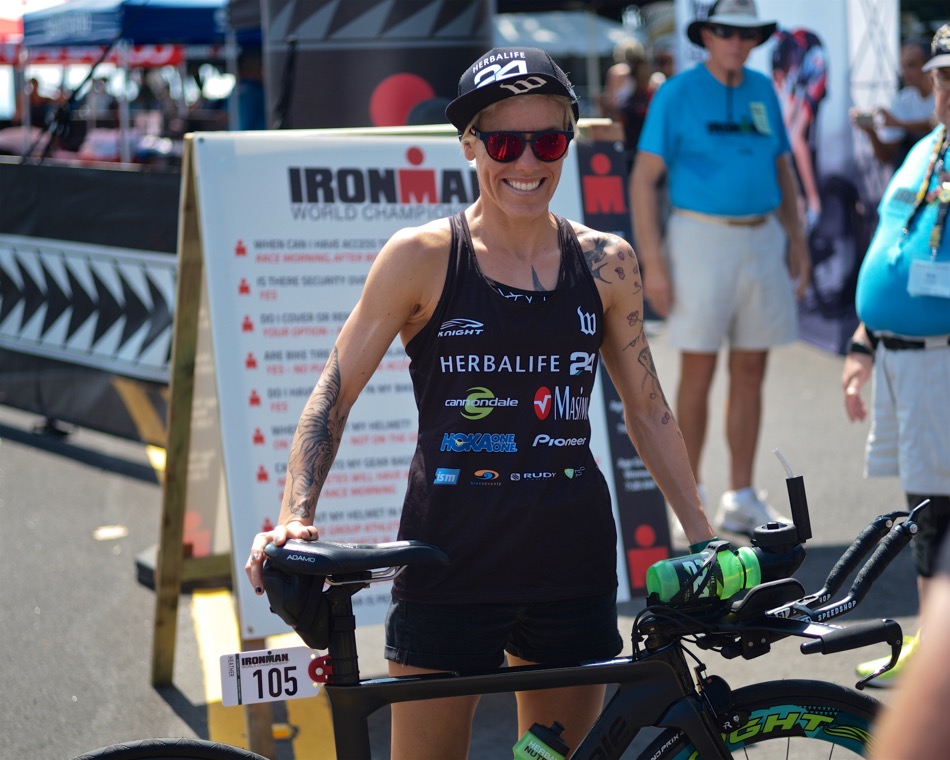

Heather Jackson and Michelle Vesterby arrive relatively early, they pose for a few pictures.


American hopeful Andy Potts doesn't waste much time dropping his bike off, his bike is looked after by our friend, Ceramicspeed's Jeff Yingling. Andy's bike will be counted just like everyone else's once he walks into transition, though what won't be officially noted that he'll be riding one of the growing number of disc brake TT bikes at this year's race.
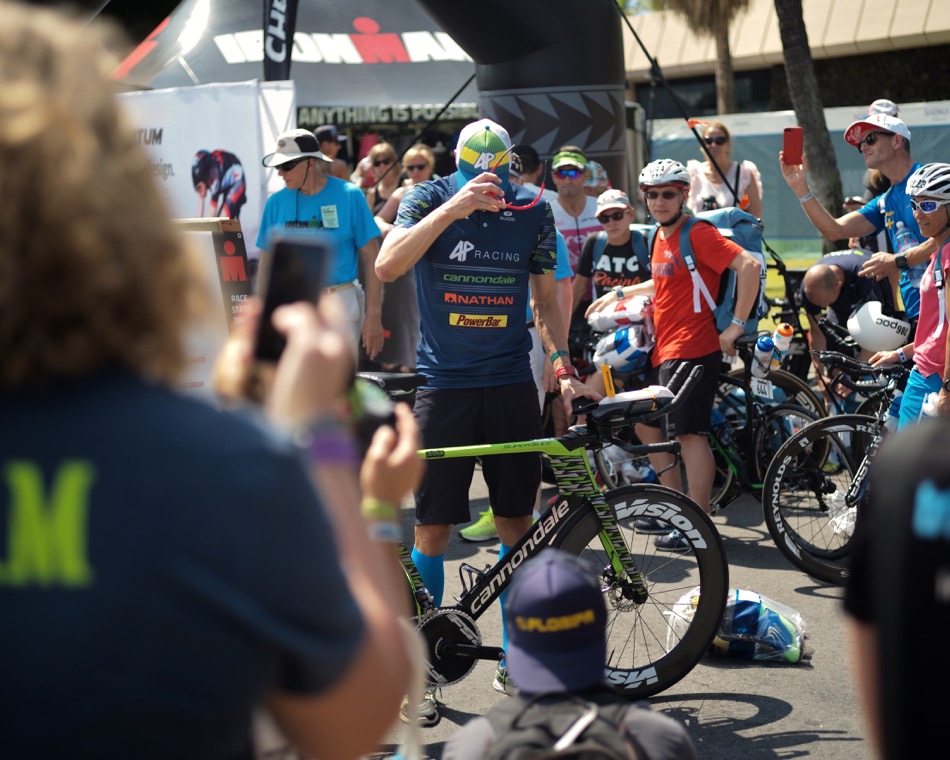
A former Olympian, Potts has been a consistent performer in Kona for the Americans.



As soon as the gates open, the volunteers are swarmed with questions as they rummage through the participants' belongings, making sure there's nothing amiss. At this point, it seems Kona's population is 1/3 people racing, 1/3 people spectating, and 1/3 volunteers. They're everywhere, and for some athletes that works out for the best.


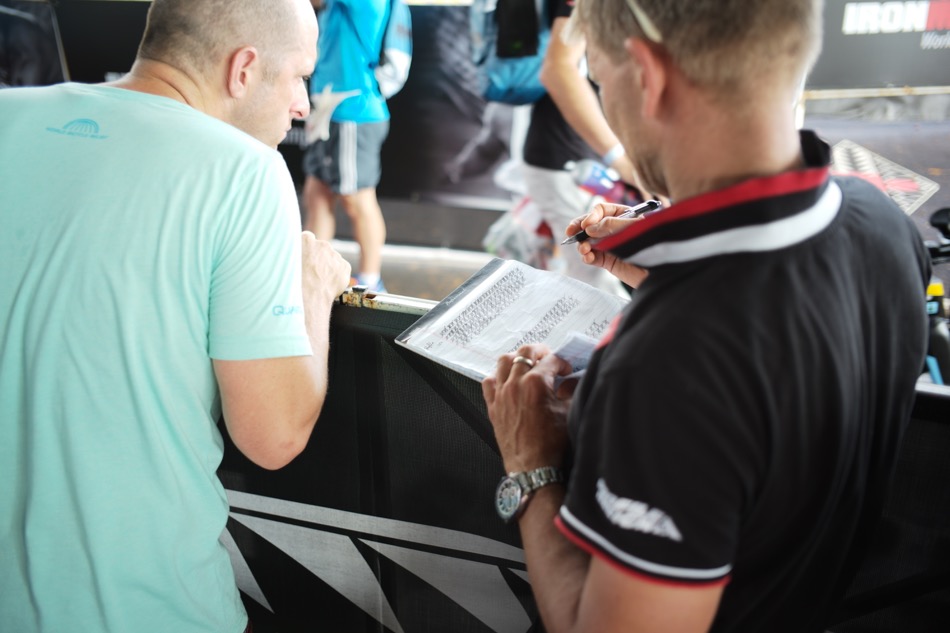
The Lava Magazine bike and equipment count takes place as participants make their way to rack their bikes at the pier. There's no interaction between the athletes and the counters, at least not for the purpose of the count. The count is an effort of anywhere from 30-50 volunteers all looking for and counting a certain component of the bike. Their role is solely to look at one part of the bike and make note of it.
While there's a certain level of significance to the count, it appeals mostly to industry folks at this point, as most top-performing brands use it as a marketing opportunity. Some with more merit than others.

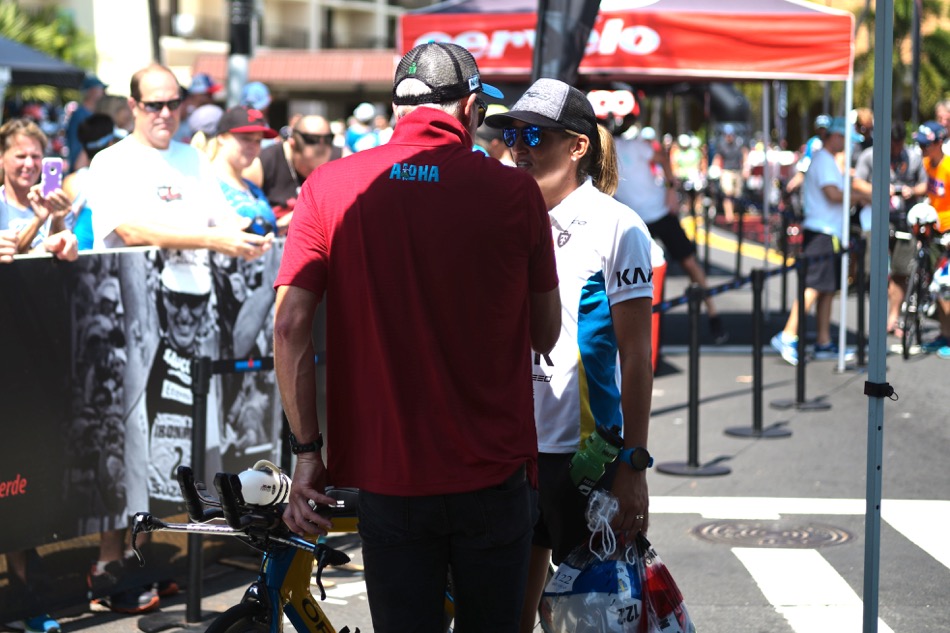

Bike check-in will go on for at least 5 hours, and it's jam packed from beginning to end. Halfway through this walkway, you'll find Mike Riley and his co-announcer doing some short interviews, mostly pro athletes as they walk by. It's a good way to break up the monotony of seeing people march through a 12-foot wide set of bannered barricades. The interviews yield responses ranging from slightly cliche-filled to heavily-cliched. We're not complaining.
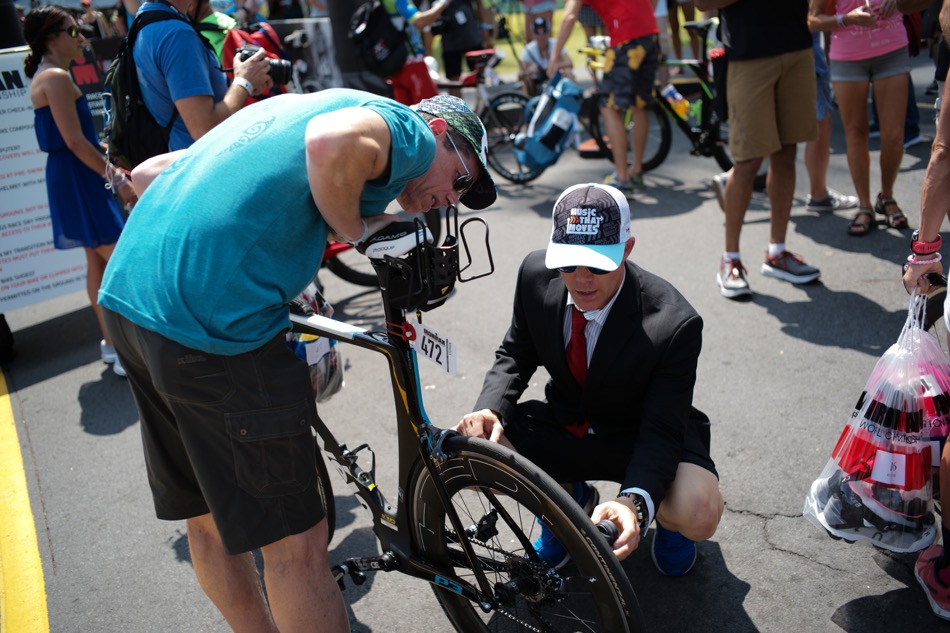
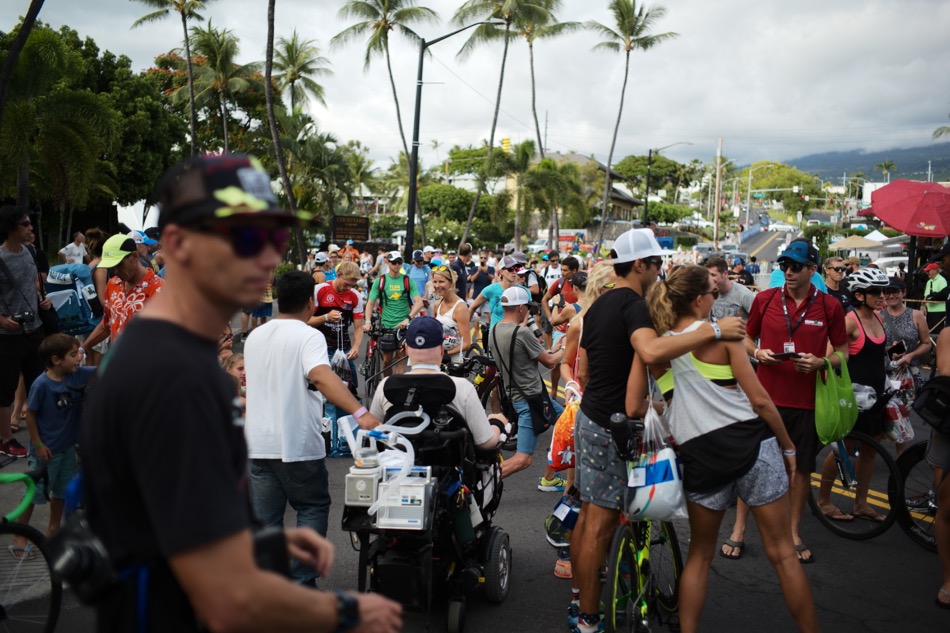
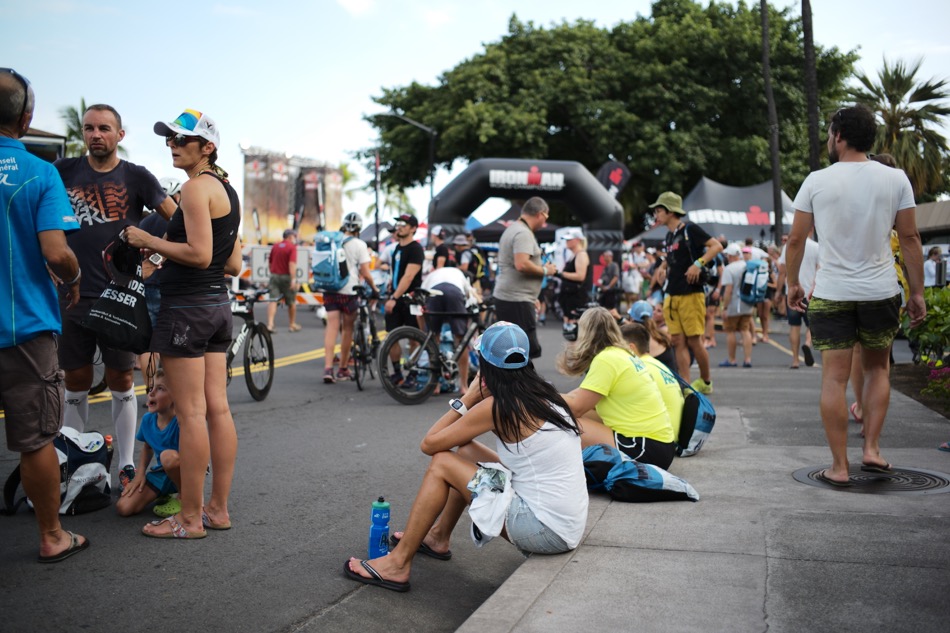
As the day wears on, things start to get a little bit more sloppy. It's getting closer to last-call, and the early crowd has been long-gone. Some are still arriving to check-in and drop-off their gear, but at this point the crowed is made up mostly of people hanging out. In a few hours, the mood will have a more nervous energy to it. For us, it's getting time to do what we've done quite well up to this point: find a table with an ocean view, and have a few beers.

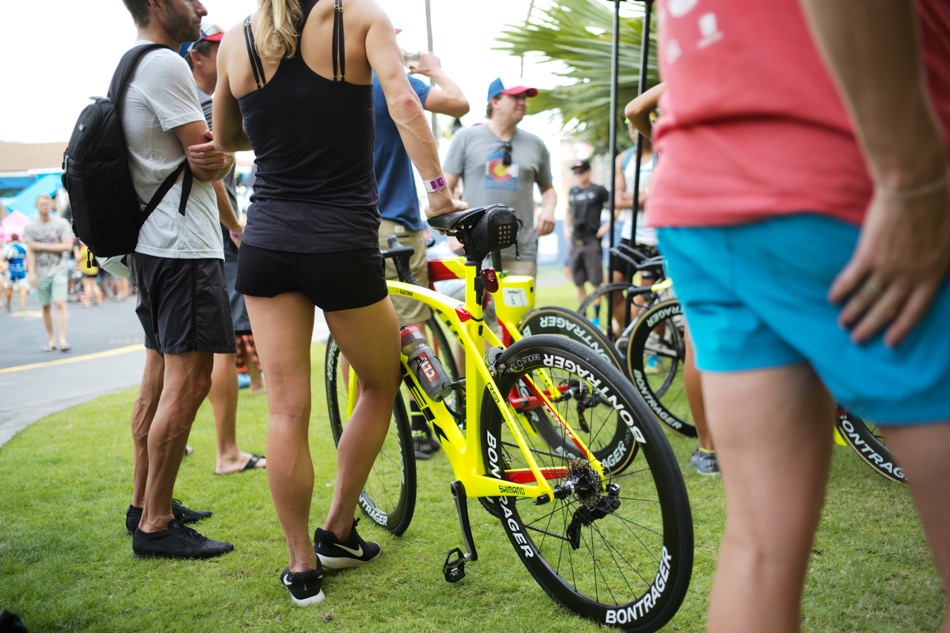

You can find the results of the Lava Magazine Kona Bike count here.
See what Kona looks like in the days leading up to the race.


